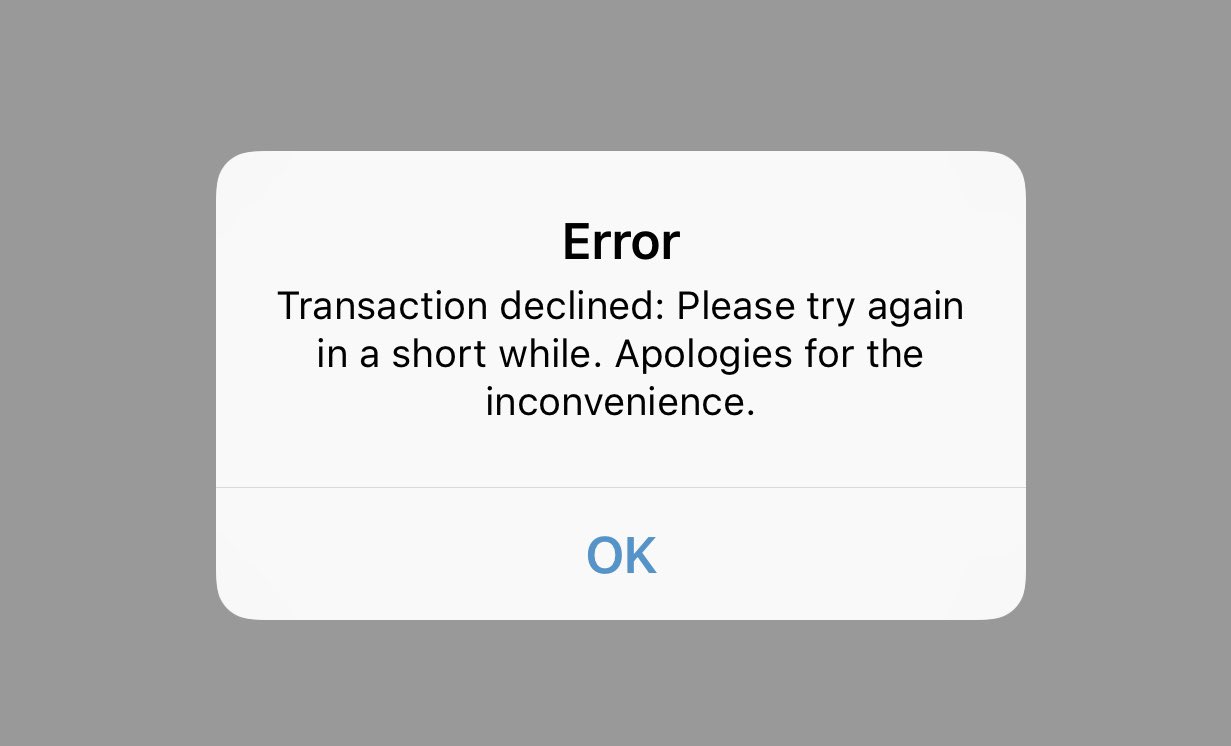Venmo Payment Declined Causes and Solutions

Venmo has transformed the way we handle financial transactions, offering a convenient platform for peer-to-peer payments and mobile transactions. However, encountering a declined Venmo payment can be frustrating and concerning. In this article, we will delve into the potential reasons behind a venmo payment declined being declined and explore practical solutions to address this issue.
Common Reasons for Venmo Payment Decline
- Insufficient Funds: One of the most frequent reasons for a payment to be declined is insufficient funds in your Venmo account or the linked funding source (bank account or credit card).
- Incorrect Payment Information: Typos in the recipient’s username or an incorrect amount can lead to payment rejections.
- Bank Verification Issues: If you recently added a bank account or credit card to your Venmo account, the verification process might not be complete, causing payments to be declined.
- Security Concerns: Venmo’s security algorithms may flag certain transactions as suspicious, leading to payment denials to protect users from potential fraud.
- Exceeding Transaction Limits: Venmo imposes limits on transaction amounts, and if you attempt a payment that exceeds these limits, it will be declined.
- Technical Glitches: Like any digital platform, technical glitches or server issues can also result in payment failures.
Solutions and Steps to Address Payment Declines
- Check Account Balance: Ensure that your Venmo account and linked funding source have sufficient funds to cover the payment amount.
- Verify Payment Details: Double-check the recipient’s username and payment amount before confirming the transaction.
- Complete Bank Verification: If you recently added a bank account or credit card, make sure to follow any verification steps required to enable payments.
- Contact Customer Support: If you suspect a security issue or if your payment is repeatedly declined, reach out to Venmo’s customer support for assistance. They can provide insights into the specific reason for the decline and offer guidance on resolving the issue.
- Review Transaction Limits: Confirm that your payment amount adheres to Venmo’s transaction limits to avoid declines due to exceeding limits.
- Retry the Payment: If the decline was due to a temporary issue, such as a technical glitch, you can attempt to retry the payment after a brief period.
Tips to Prevent Future Payment Declines
- Maintain Account Balance: Regularly monitor your Venmo account balance and linked funding sources to ensure you have sufficient funds.
- Keep Information Updated: Update your payment information, such as credit card details and bank accounts, to avoid verification issues.
- Enable Notifications: Enable notifications from the Venmo app to receive real-time alerts about payment statuses and potential issues.
- Regularly Check for Updates: Keep your Venmo app updated to access the latest features and security enhancements.
A declined Venmo payment can be a momentary setback, but understanding the potential reasons behind it and taking proactive steps can help you resolve the issue efficiently. Whether it’s ensuring sufficient funds, verifying payment details, or reaching out to customer support, addressing payment declines empowers you to make the most of your Venmo experience. By following best practices and staying informed, you can minimize the chances of encountering payment issues and enjoy seamless transactions on the platform.









